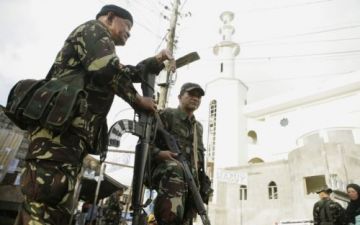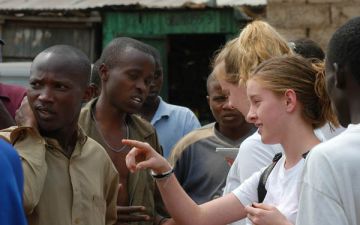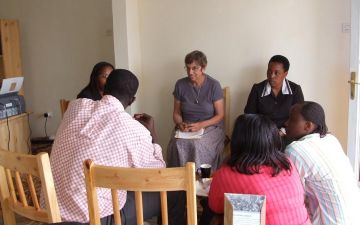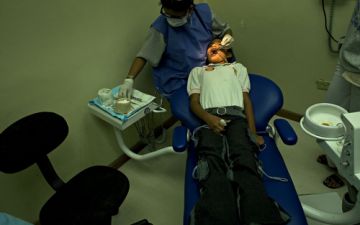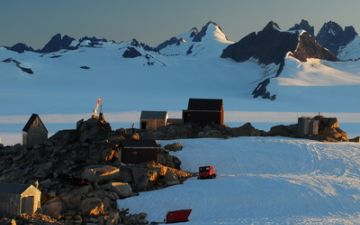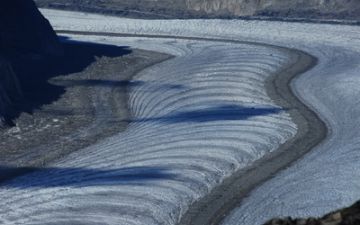Photographs from the Island of Jolo
Jolo is a volcanic island in the southwest Philippines. It has a population of approximately 300,000 people. Jolo is also the name of the town on the island which serves as the capital of the province of Sulu. About a third of the island's population live in the municipality of Jolo. Fighting on the island intensified in February 2005 when between 4,000 and 5,000 Philippine troops clashed with around 800 Islamist militants from the Abu Sayyaf group, along with followers of Nur Misuari. Up to 12,000 people were thought to have fled the fighting. (Source: wikipedia)
